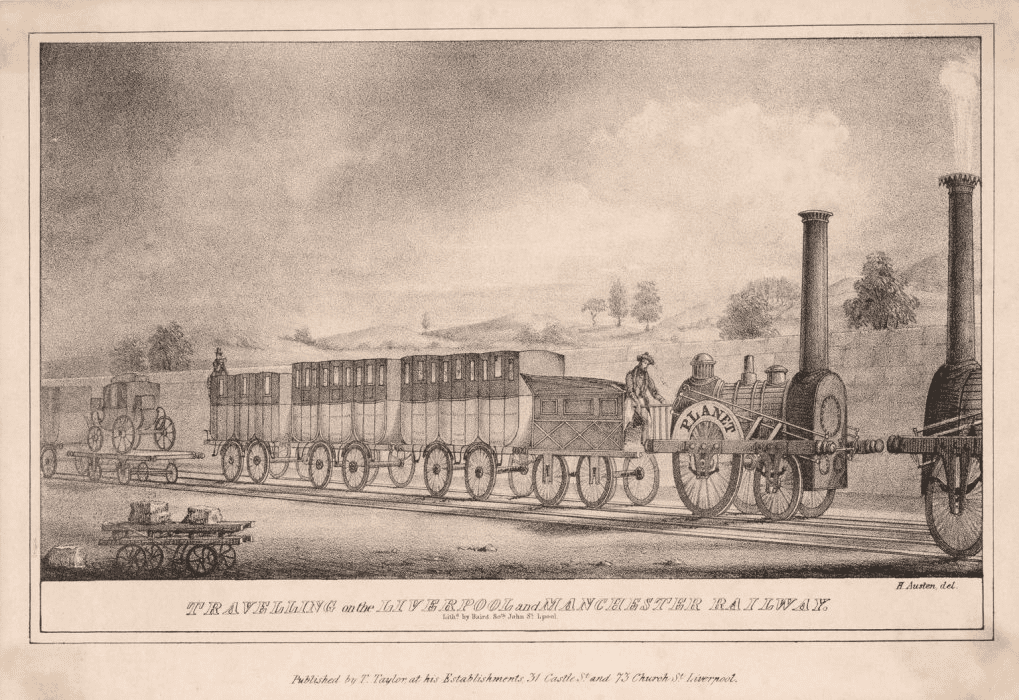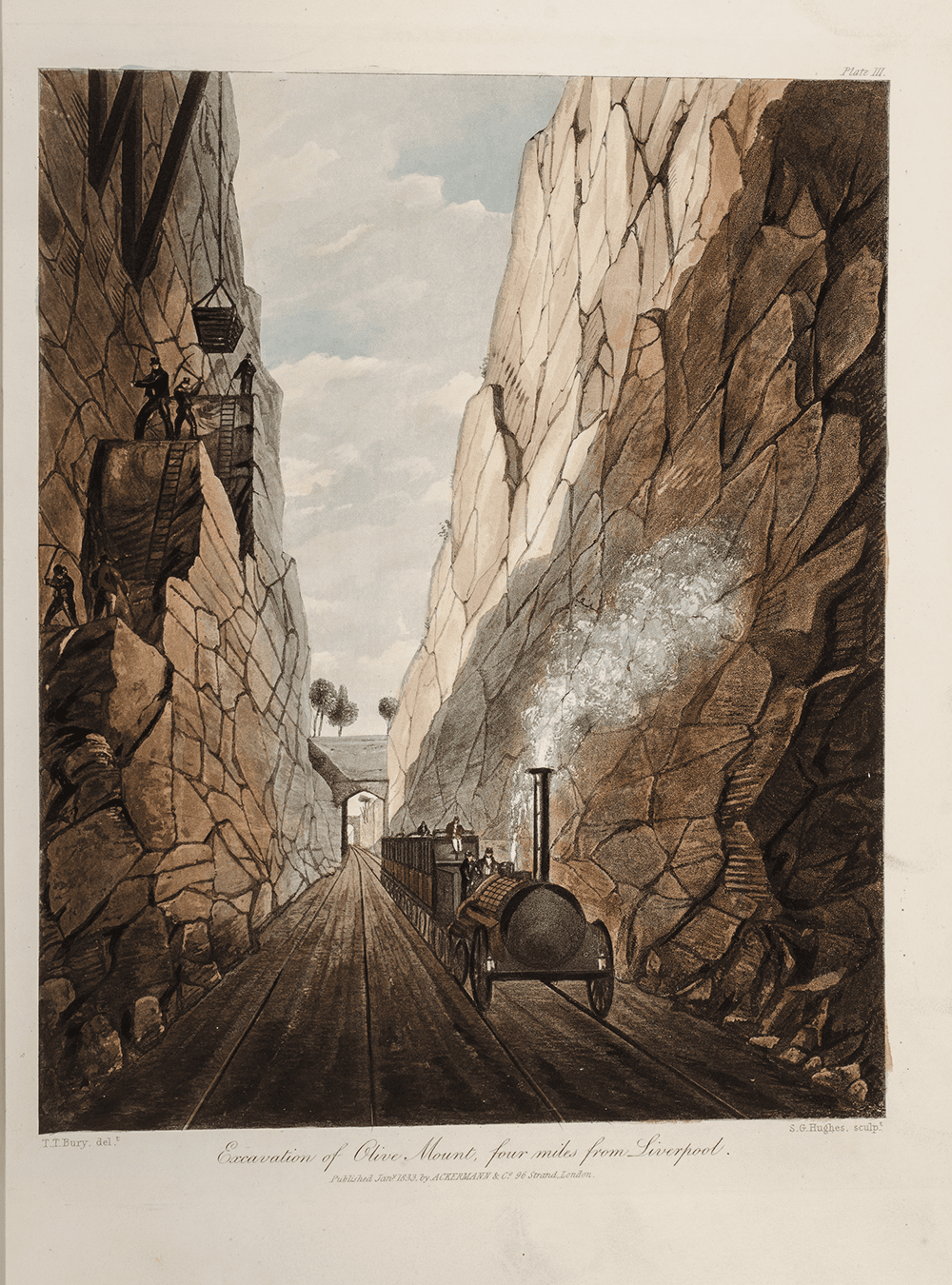Industrialisation plays an important role in the development of cities. In particular, the industrial revolution was of primary importance in Manchester. A significant milestone in the history of the city became the appearance of the first local railway, the Liverpool and Manchester Railway. Thanks to its appearance in the first half of the 19th century, the two big cities of Liverpool and Manchester acquired transport connections. So, how did railway transport appear in Manchester? This story will be interesting to everyone! Learn more at manchester-future.
Industrial boom

The early 19th century became an era of rapid economic growth and innovation in England. As industrialisation and trade networks expanded, the need for more efficient means of transport increased many times. Therefore, railways began to develop in England. In particular, the first intercity railway connection appeared in Manchester. It caused a real revolution in the trade and travel spheres. Thanks to the advent of railways, the two big cities of Liverpool and Manchester got intercity connections. It marked a completely new turn in industrial history.
Planning and construction of the first intercity railway in the world
The construction project of the railway in Manchester was developed by George Stephenson. The building of the first intercity railway in the world started in 1824. It lasted for six long years, and finally, the Liverpool and Manchester Railway was officially opened in 1830. That was an incredible success. First of all, the connection provided a faster and more efficient transportation of raw materials and passengers. It was a necessity for those who needed to quickly and comfortably reach the Port of Liverpool, the cotton mills and other Manchester factories. The Liverpool and Manchester Railway contributed to the rapid development of local railways as well as connections throughout Great Britain in the 1930s.
Interestingly, the grandiose construction of the first intercity railway in the world was approved by the government, unlike many other similar projects.
Innovations in the construction of the Liverpool and Manchester Railway

Construction work wasn’t easy in the first half of the 19th century. After all, the railway from Manchester to Liverpool had to pass through various terrains, such as hills, marshes and other hard-to-reach areas. However, despite all the difficulties, George Stephenson, the developer of the Liverpool and Manchester Railway project, managed to implement innovative solutions. Some of them were the construction of the Chat Moss section and the Sankey Viaduct. These two examples demonstrate the outstanding engineering mastery of the first half of the 19th century.
In addition to being the first intercity railroad, it was exclusively steam-driven. The famous locomotive called Rocket played a decisive role in the further development of steam railway transport. Its successful testing paved the way for new standards in the construction of steam locomotives.
The Rocket’s first launch was an incredibly grandiose event. It took place on the Liverpool and Manchester Railway opening on 15 September 1830. On that day, thousands of people gathered at the Manchester railway station. Even investors were present at the grand opening.
What were the advantages of the new railway in Manchester?
Liverpool and Manchester Railway not only contributed to the rapid development of railways throughout Great Britain in the first half of the 19th century and the development and introduction of steam locomotives. It also greatly reduced the duration of the journey. In addition, that innovation increased the efficiency of freight and passenger transport and became a catalyst for economic growth in Manchester, promoting trade and industry.
The construction of the railway in Manchester was the starting point for the development of the railway network throughout 19th-century Great Britain and far beyond. The appearance of railways underlay the industrial revolution, as it facilitated the movement of goods and people over long distances.
Liverpool and Manchester Railway was the first to connect two cities. It was a truly revolutionary decision, which was later followed by the whole world. The appearance of this railway marked the beginning of a new era of steam locomotives. It also forever changed the usual movement of people and goods, making it more efficient, comfortable, accessible and faster.
In the 21st century, Manchester can rightly be called the birthplace of railway transport, as the first intercity railway network has appeared in this very city.